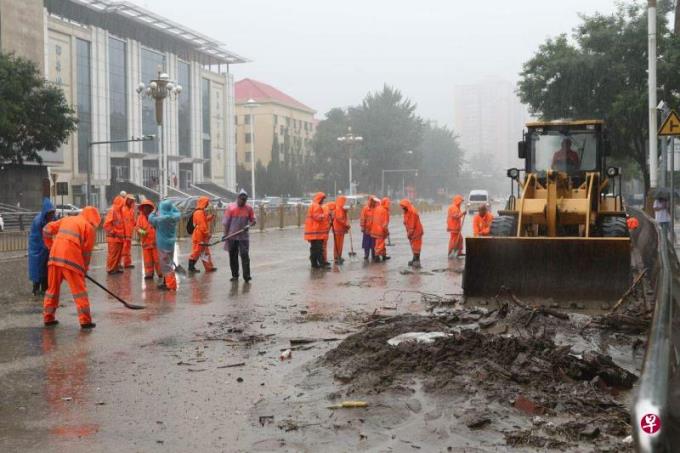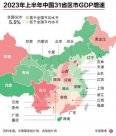
Beijing, China, was affected by the flood caused by heavy rainfall.Fang on Tuesday (August 1) sent four land navigation helicopters in the early morning, and went to Mentougou, one of the affected areas, to launch air investment transfer missions.
According to China CCTV news report, due to the rainfall of this round of rainfall, the three places in Beijing Fangshan, Mentougou and other places were severely damaged, which caused the three trains to be trapped, and road traffic in some areas was completely blocked.
The Army's 81st Army's Army Aviation Brigade made every morning on the morning of August 1st to the flood rescue mission to carry out airdrop rescue tasks to effectively respond to danger and ensure the basic life and medical needs of trapped people.
The four transport helicopters were equipped with 26 officers and soldiers at 5 am, and flew to the Beijing Mentougou River Railway Station and other places in urgent to perform tasks such as rescue materials for rescue materials and patient transfer of trains.Some foods, 900 raincoats, 700 blankets and other urgent materials.
If the weather conditions are allowed at the scene, rescuers will adopt the method of air delivery and landing distribution to send rescue materials to the masses.
This flood caused a large number of cars to be washed away, the street collapsed, which also caused the two to die.
Beijing officially announced that the city has shifted a total of 52,384 threatened people.Beijing Radio and Television reported that the Beijing Zhaitang Reservoir on the upper reaches of the Yongding River carried out pre -leaking in advance on July 30. After the formation of the Hongfeng on July 31, Beijing used the flood storage of flood reservoirs built in 1998.
The Beijing Meteorological Observatory predicted on Tuesday morning that the rainfall in Beijing has weakened. From 8 am to 8 am on August 1st, there will be medium rain in most areas and heavy rainstorms.The risks of secondary disasters such as floods, floods, and geological disasters caused by strong precipitation in mountainous and shallow mountains are still large, and water accumulation is still prone to stagnant water.



